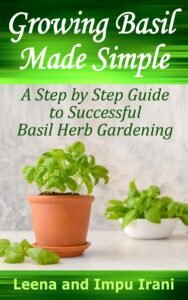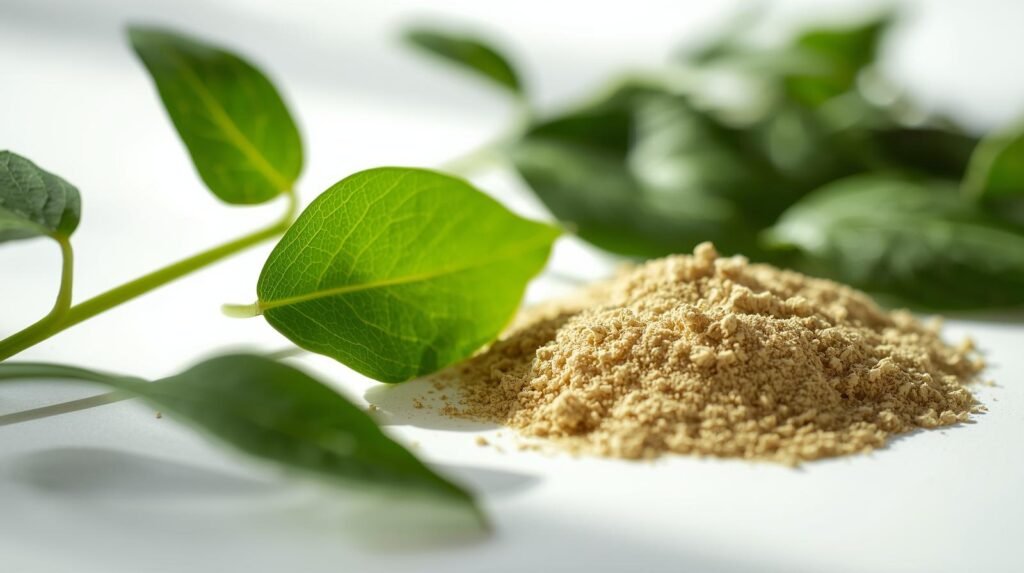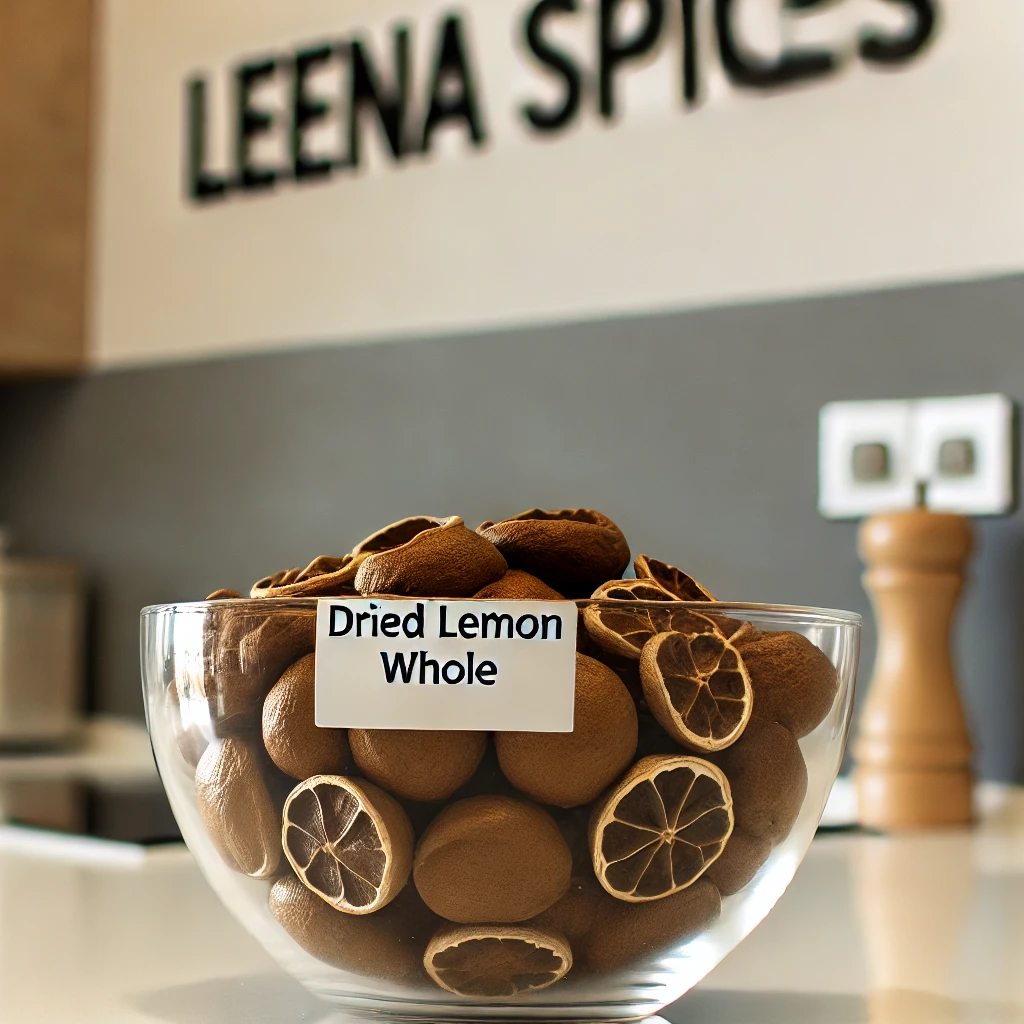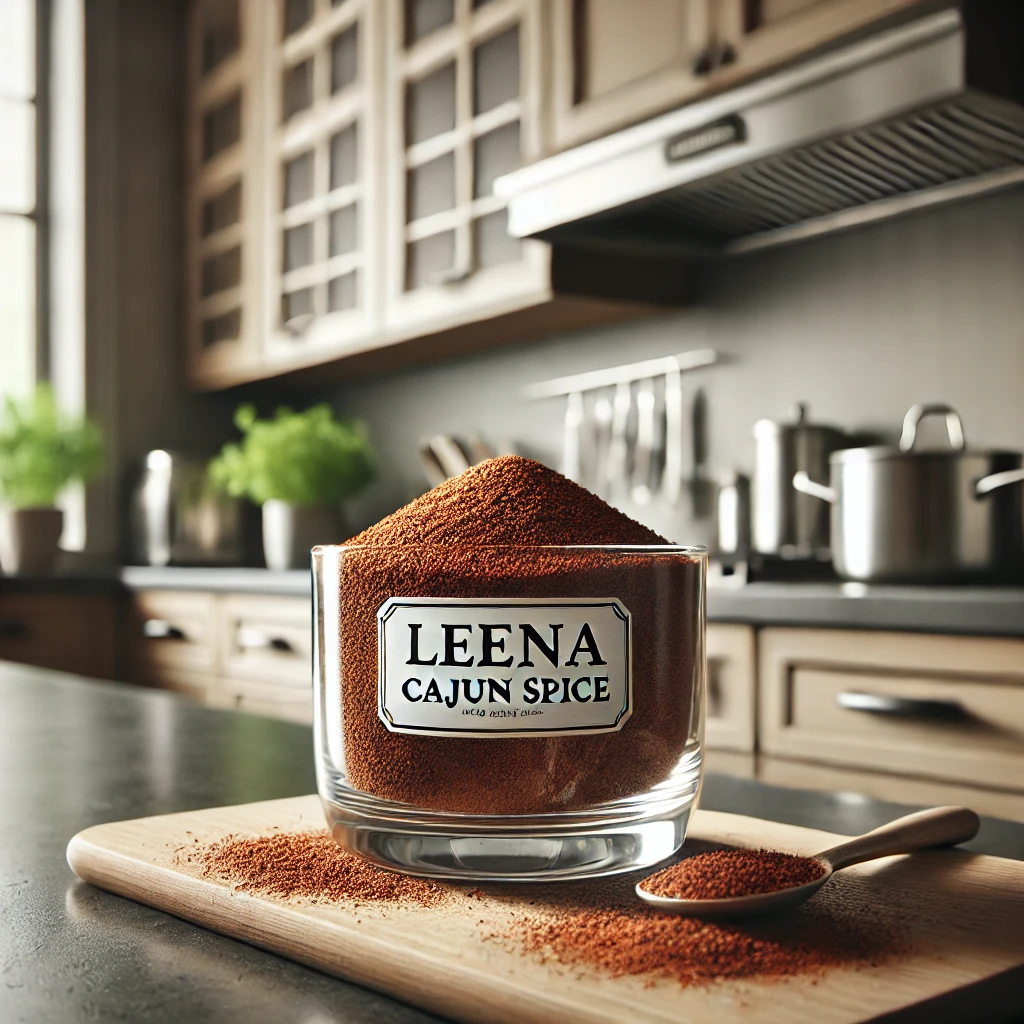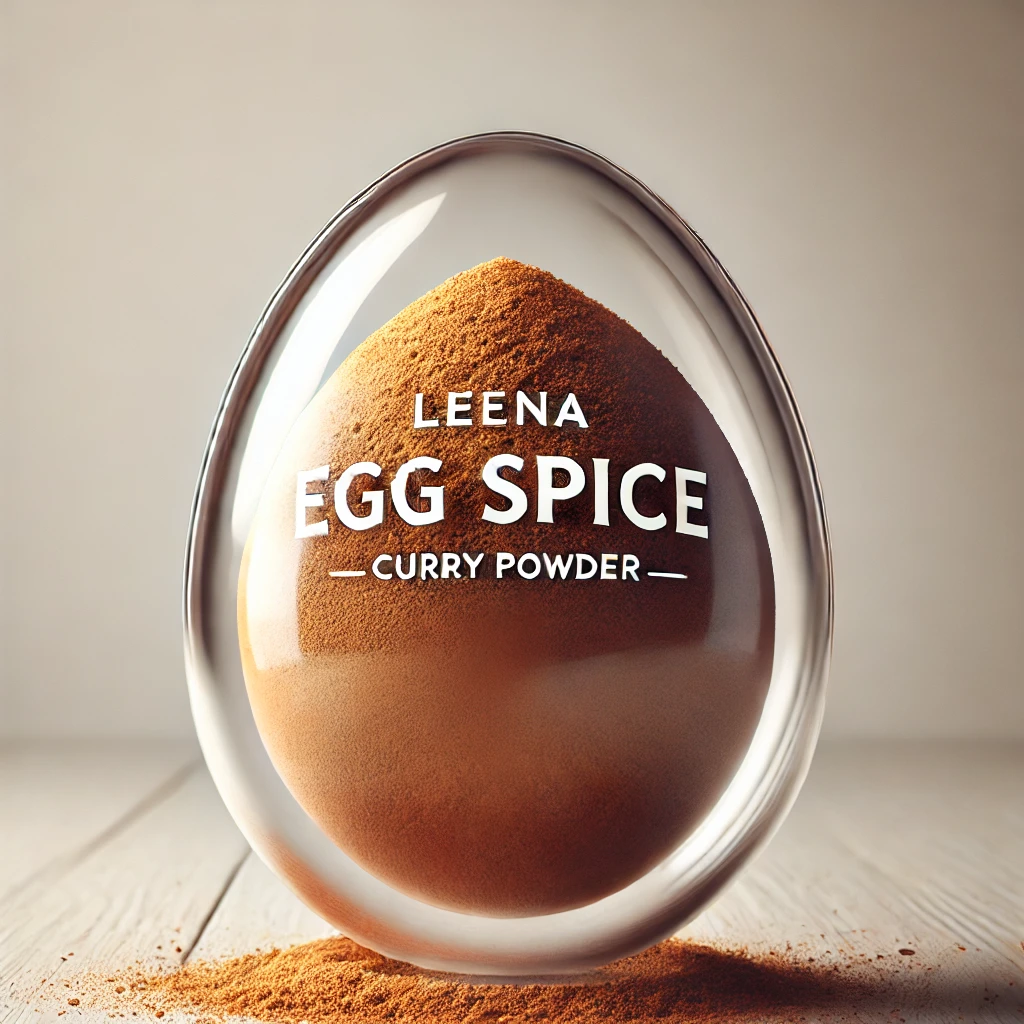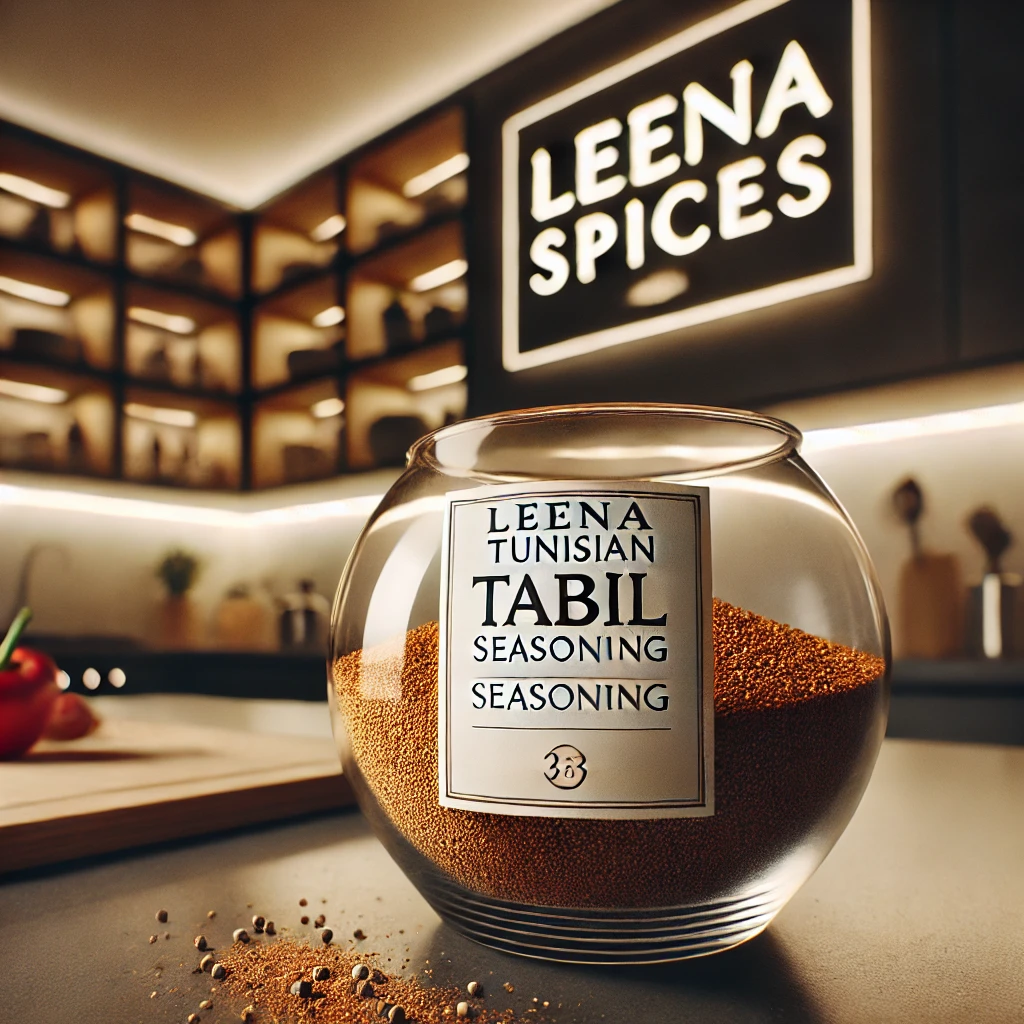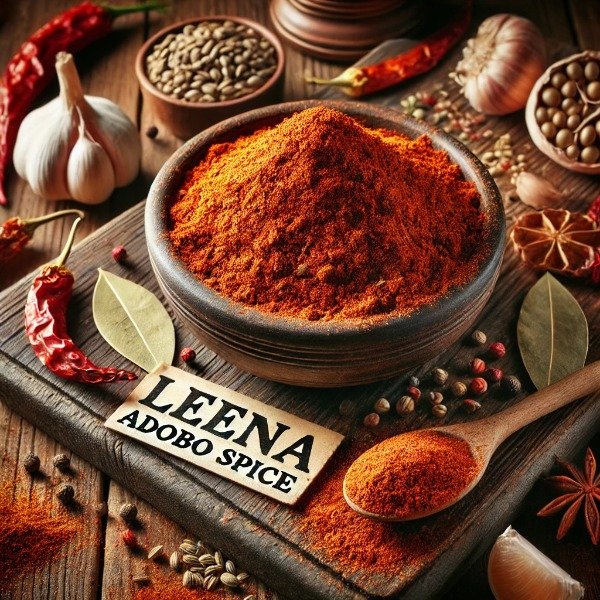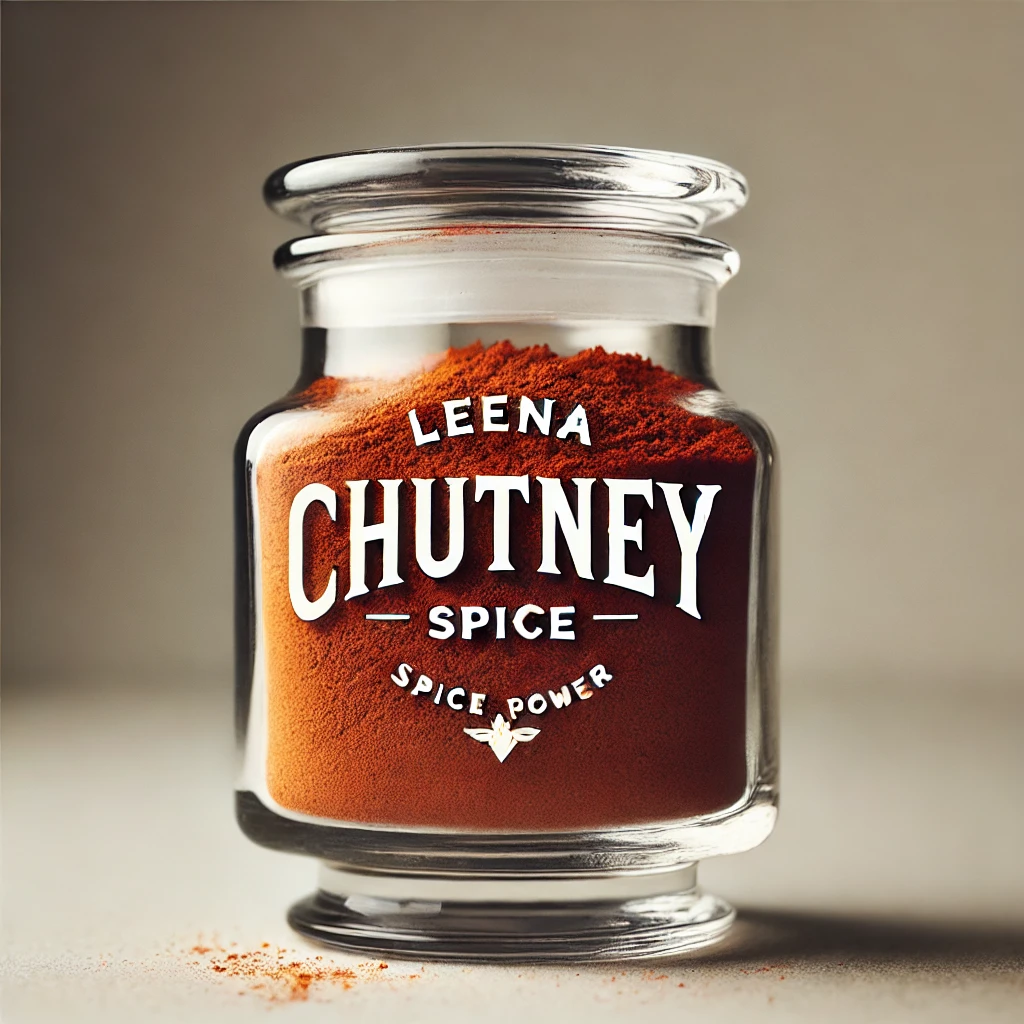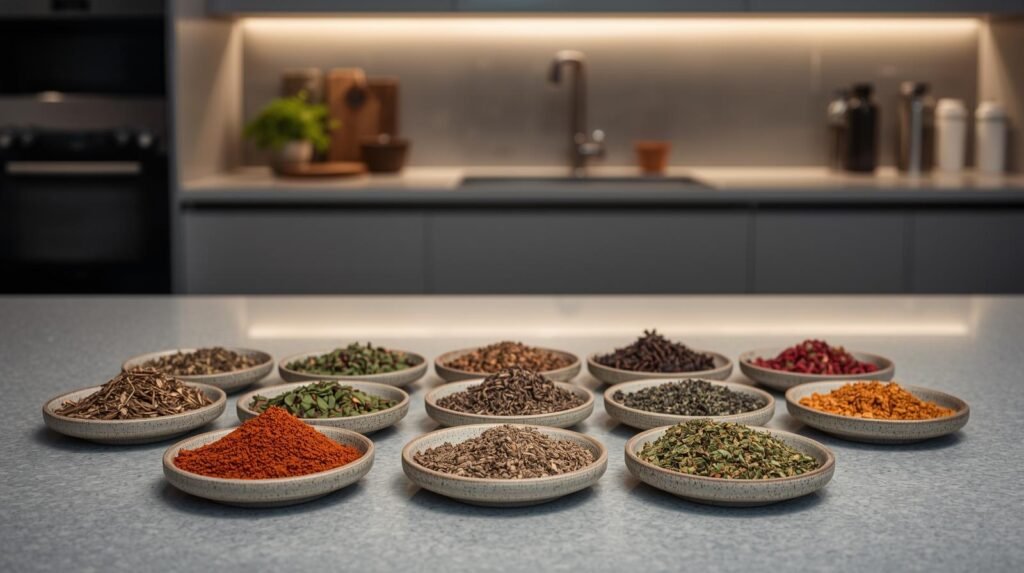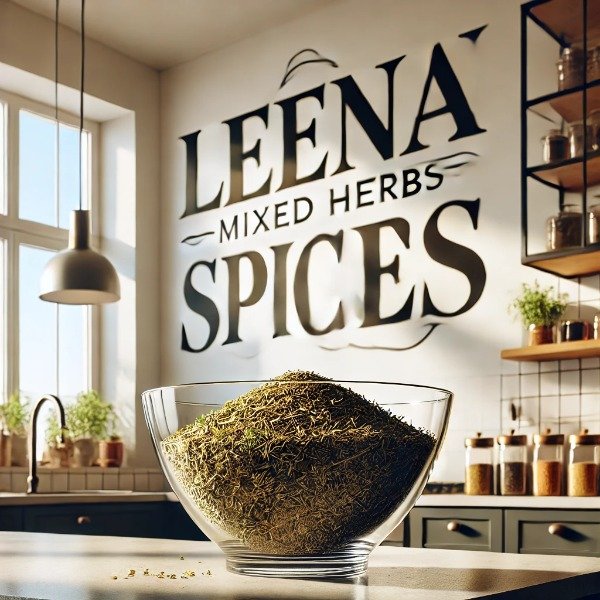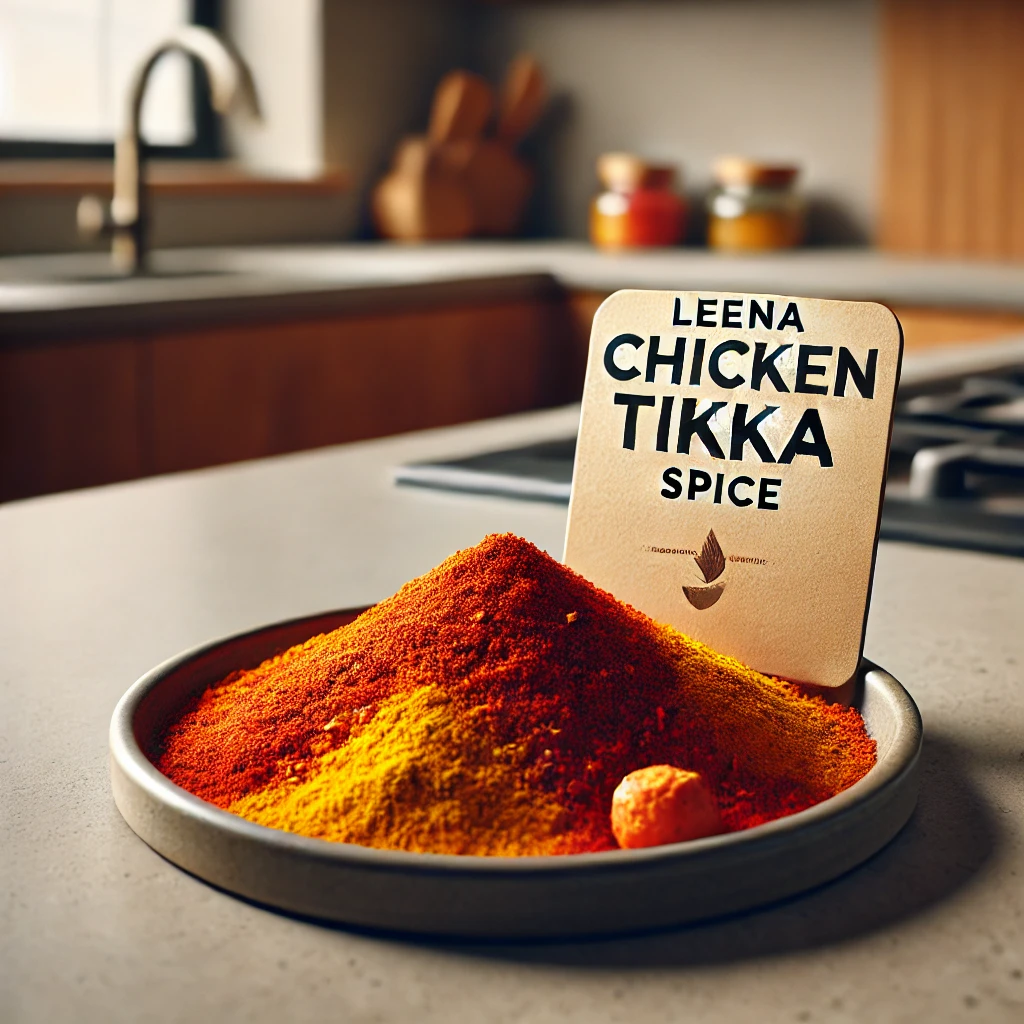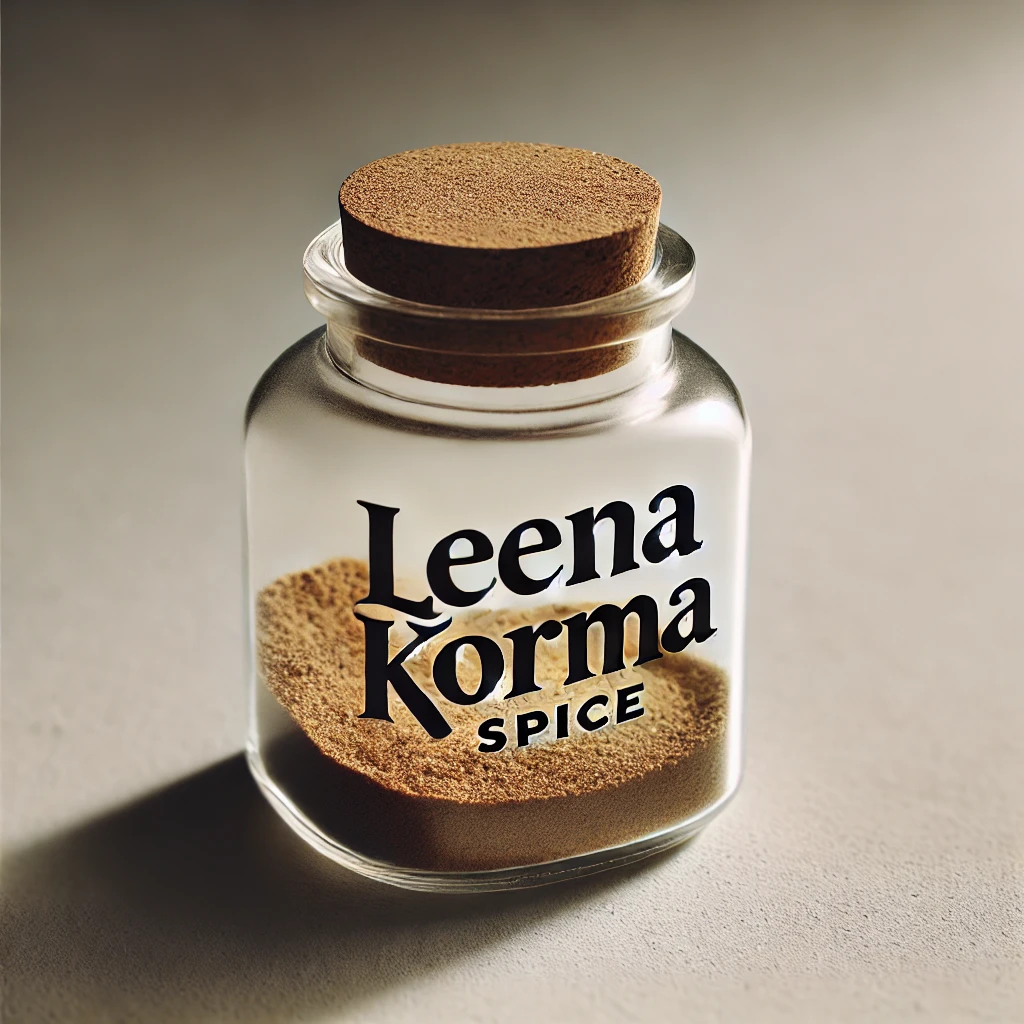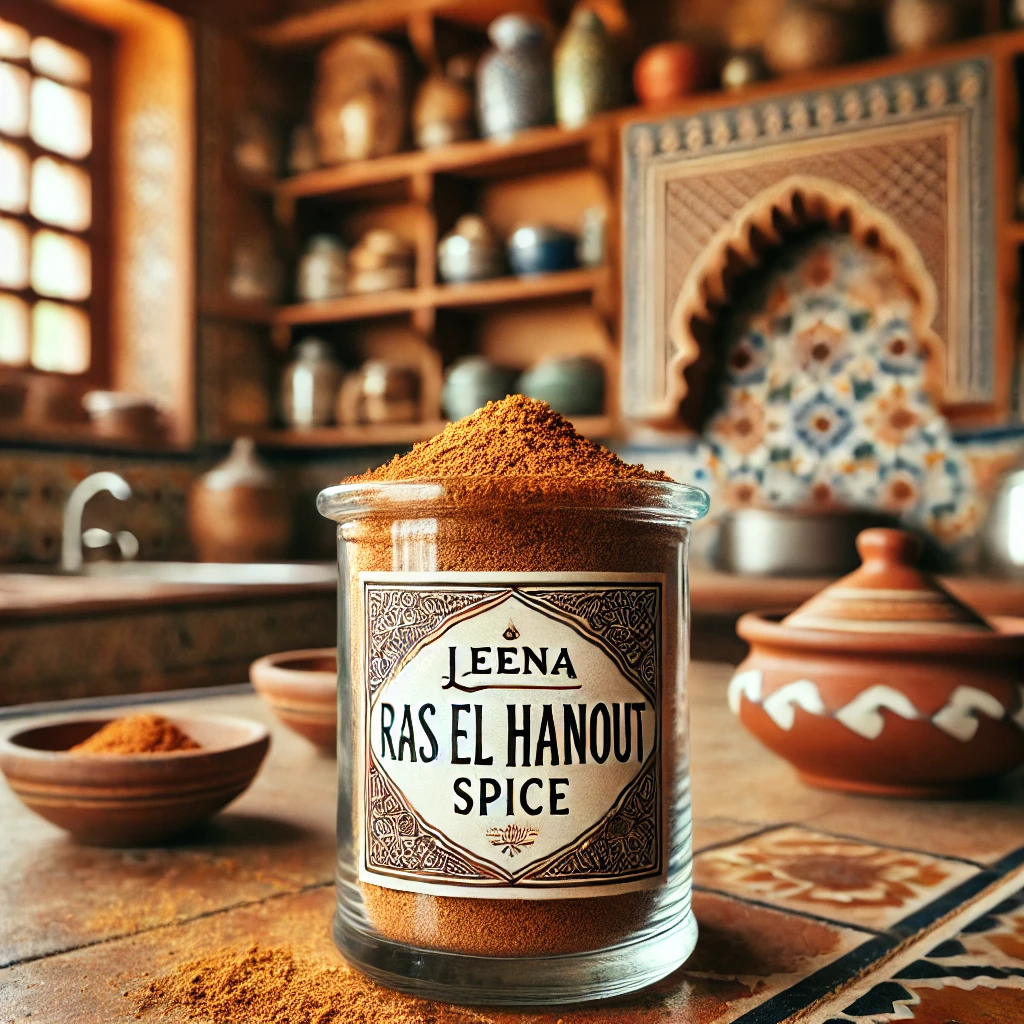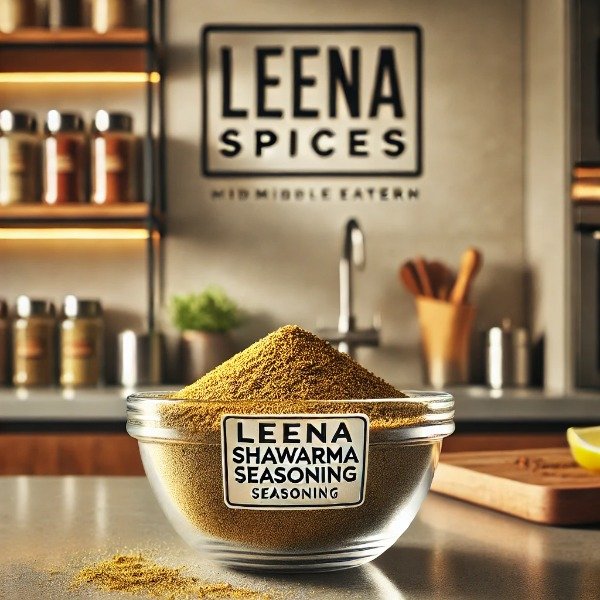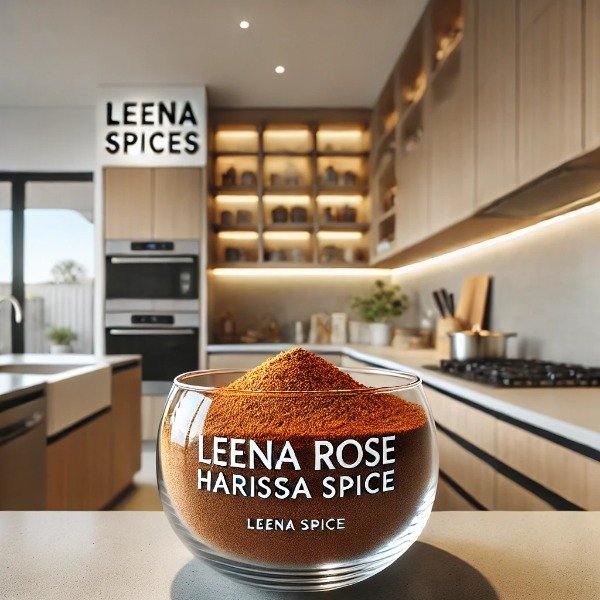5 Best Ways to Avoid Harmful Additives in Spices
Table of Contents
- Introduction
- Are preservatives in spices safe to consume?
- What are the harmful additives in spices?
- Why Additives in Spices Are a Concern
- Why should vulnerable populations like children and pregnant women be cautious about additives in spice blends?
- Harmful Effects of Salt in Spices
- How to avoid salt in seasoning blends
- Do spices contain hidden sugars?
- Can spices have gluten or flour additives? Why flour is added to spice blends?
- 5 Best Ways to Avoid Harmful Additives
- FAQ About Additives in Spices
- Conclusion
Introduction
Spices enhance flavor, but many commercially prepared blends contain hidden additives, such as salt, sugar, preservatives, and flour, that can compromise your health. These ingredients are often added to improve shelf life, texture, or taste, but they can contribute to high blood pressure, allergic reactions, digestive issues, and other health concerns, particularly for individuals with specific dietary needs.

Are preservatives in spices safe to consume?
With the World Health Organization recommending no more than 5 grams of salt per day, understanding what goes into your spice blends is essential. This blog explores their risks and shares five practical ways to choose safer spices for flavorful, healthy cooking.
What are the harmful additives in spices?
Common Additives and Their Risks
Additive | Common Use | Health Risks |
Salt | Flavor, preservation | Hypertension, kidney strain |
Sugars/Sweeteners | Flavor enhancement | Diabetes, weight gain, cravings |
BHT/BHA | Prevent oxidation | Digestive issues, cancer risk |
Flour/Gluten | Anti-caking, filler | Digestive harm, blood sugar spikes |
Why should vulnerable populations like children and pregnant women be cautious about additives in spice blends?
Certain populations are more susceptible to the effects of food additives in spices due to their dietary needs and physiological sensitivities. Children may react more strongly to artificial colors and flavors, which have been associated with hyperactivity and behavioral concerns. Pregnant women should avoid additives that may cross the placental barrier and potentially impact fetal development. Individuals with allergies, food sensitivities, or weakened immune systems must be especially cautious, carefully reviewing ingredient labels and consulting healthcare providers when necessary. Awareness of these risks enables vulnerable groups to make safer, more informed choices.
Why do spice blends contain salt?
Harmful Effects of Salt in Spices
Salt is widely used in commercial spice blends and seasoning mixes to enhance flavor and extend shelf life. While sodium is essential for various bodily functions, most people consume it in excess largely due to processed and packaged foods. Spice blends can contribute significantly to this intake, with salt levels varying based on the blend’s intended use. For those monitoring their sodium consumption, especially individuals with heart or kidney concerns, it is important to read ingredient labels carefully and choose low- or no-salt options when possible. Being mindful of salt content in spice products supports healthier, more balanced eating.
What are the specific health risks of excessive salt in spice blends, and how can consumers manage their sodium intake?
Health risks of salt in spice blends
Excessive salt intake is a well-established contributor to high blood pressure, placing added strain on both the kidneys and the heart. Each day, the kidneys filter over 180 liters of blood, removing waste, toxins, and excess fluid from the body. However, when sodium intake is too high, the kidneys struggle to eliminate the surplus, leading to fluid retention. This excess fluid increases blood volume, which in turn raises blood pressure and restricts blood flow to vital organs.
Fluid Retention and Swelling
High sodium levels can cause the body to retain water, resulting in bloating and swelling, particularly in the hands, feet, and ankles. This condition, known as edema, is often an early sign of salt-related fluid imbalance and may signal increased cardiovascular risk.
Bone Health Concerns
Consuming too much salt can lead to increased calcium loss through urine, which may weaken bones and elevate the risk of developing osteoporosis over time.
Digestive Discomfort
Spice blends with high salt content can contribute to digestive problems, including acidity, stomach upset, and general gastrointestinal discomfort.
Dehydration
Excessive salt intake promotes water loss from the body, which can lead to dehydration. This, in turn, may cause fatigue, reduced energy levels, and impaired physical performance.
Increased Thirst
Salt-rich spice blends can trigger excessive thirst, prompting increased water intake that may place additional strain on the kidneys.
Taste Desensitization
Regular consumption of overly salted spice blends can dull your taste buds over time. This may lead to a growing preference for saltier foods and reduce your sensitivity to more delicate, nuanced flavors.
Impact on Mental Health
Emerging research indicates that excessive salt consumption may be associated with a higher risk of mental health issues, including depression and anxiety.
How to avoid salt in seasoning blends
Here are tips on How to Avoid Sodium in Seasoning Mixes
Reducing sodium intake is essential for a healthy diet, and seasoning mixes don’t have to compromise flavor. To keep your meals tasty without excess sodium, follow this key strategy:
Read the Ingredient Label Carefully
Before purchasing any seasoning mix, take a close look at the ingredient label. Watch for terms like sodium, salt, sea salt, MSG, or sodium chloride, especially if they appear near the top of the list, which indicates higher quantities. Being mindful of these ingredients helps you make healthier choices while still enjoying flavorful meals with reduced sodium
Choose “Salt-Free” or “No Added Salt” Blends
Many trusted spice brands now offer seasoning mixes that contain no added salt, perfect for those aiming to reduce sodium without giving up bold flavors. When shopping, look for clear label indicators such as:
“No Salt”
• “Salt-Free Seasoning”
• “Sodium-Free”
Opting for these blends makes it easier to control your salt intake while still enhancing your meals with rich, natural flavor.
Natural spices vs processed
Make Your Own Seasoning Blends
Creating homemade seasoning blends puts you in full control of the ingredients—allowing you to skip the salt while packing in flavor. Mix and match your favorite herbs and spices such as:
• Garlic powder
• Onion powder
• Smoked paprika
• Cumin
• Basil
• Oregano
• Black pepper
• Lemon zest
By crafting your own blends, you can enjoy bold, customized flavors with zero added sodium.
Use Natural Flavor Enhancers
Buy from Trusted Low-Sodium Brands
Choose spice brands that are known for offering clean, salt-free seasoning blends. Specialty health food stores and reputable online artisan spice shops often carry a wide selection of flavorful, low-sodium options perfect for those who want taste without compromise.
Dilute Salty Blends
If you already own a salty blend, try mixing it with salt-free spices to reduce the sodium concentration per serving. Always opt for Low-sodium spice alternatives.
Do spices contain hidden sugars?
How do artificial sugars in spice blends impact health, and what steps can consumers take to avoid them?
Sugar consumption is a significant concern in modern diets. While naturally occurring sugars in fruits and whole foods are generally safe, added sugars and artificial sweeteners can negatively affect metabolic health and mood. Many consumers remain unaware that sugar is often hidden in spice blends under names such as sucrose, high-fructose corn syrup, or dextrose. Certain commercially produced spice mixes include sugars or artificial sweeteners to enhance flavor.
Hidden sugars in spice mixes
Common artificial sweeteners found in spice blends include aspartame, acesulfame potassium, sucralose, saccharin, neotame, advantame, and steviol glycosides (stevia extract). Despite their sweetening power, these additives have been linked to behavioral issues, hyperactivity, and allergic reactions. Health authorities advise against using artificial sweeteners in foods intended for children and pregnant women.
Artificial sweeteners in spices health risks
Excessive intake of added sugars has been associated with obesity, type 2 diabetes, and other metabolic disorders. The widespread use of sugars in processed foods contributes to overconsumption, underscoring the need for awareness and moderation when using spice blends containing sweeteners.
Weight Gain and Obesity
Artificial sweeteners can interfere with hormones that regulate hunger, leading to increased appetite and higher calorie intake. Despite being marketed as calorie-free, these sweeteners may trigger cravings and overeating by disrupting the brain’s natural response to sugar. Over time, this hormonal imbalance can contribute to weight gain.
Increased Risk of Metabolic Diseases
Frequent consumption of sugary spice blends may cause metabolic disruptions, raising the risk of obesity, cardiovascular disease, fatty liver disease, and type 2 diabetes.
Impact on Gut Health
Artificial sweeteners have been shown to alter the gut microbiome, creating imbalances that can impair digestion and overall gastrointestinal function.
Heart Health
Research suggests a correlation between regular intake of artificial sugars and an elevated risk of cardiovascular events, including heart attacks and strokes.
Allergic Reactions
Although uncommon, some individuals may experience allergic or sensitivity reactions to artificial sweeteners, resulting in symptoms such as skin rashes and digestive discomfort.
Negative Psychological Effects
Both refined sugars and artificial sweeteners have been linked to mood disturbances, including anxiety, depression, and mood swings in vulnerable individuals.
Tip: Always check ingredient labels on pre-packaged spice blends for added sugars or artificial sweeteners to make informed and health-conscious choices.
Can spices have gluten or flour additives? Why flour is added to spice blends?
Many commercially available spice blends contain more than just herbs and seasonings. To improve shelf stability, texture, and prevent clumping, manufacturers often add fillers such as flour or starch. These additions can introduce hidden gluten, posing serious risks for individuals with gluten intolerance or celiac disease.
Gluten in spice blends side effects
What are the implications of hidden ingredients in spices like gluten or flour, and who is most at risk?
1. Health Risks for Gluten-Sensitive Individuals
For those with gluten intolerance or celiac disease, even trace amounts of gluten can trigger symptoms such as abdominal pain, inflammation, fatigue, and nutrient malabsorption. Regular exposure can lead to long-term damage in the digestive tract.
2. Digestive Discomfort
3. Empty Calories with No Benefit
Flour contributes extra calories without adding nutritional value. It dilutes the potency of real spices and can lead to unintended weight gain over time, especially when used in everyday meals.
4. Blood Sugar Spikes
Refined flour breaks down quickly into glucose, leading to rapid spikes in blood sugar levels. This is particularly concerning for people with diabetes or insulin resistance. Using spice blends with added flour can unknowingly affect glycemic control.
5. Weight Gain and Obesity
Because flour is calorie-dense but nutrient-poor, consistent consumption can promote weight gain and obesity. This is especially problematic when combined with other high-calorie processed foods.
6. Highly Processed and Less Nutritious
When spices are blended with flour and other fillers, their natural nutrients—like antioxidants, minerals, and anti-inflammatory compounds—are diluted or lost altogether. What you’re left with is a less effective, nutritionally depleted product.
7. Poor Gut Health
Flour lacks dietary fiber, a key component in supporting healthy digestion and gut flora. In contrast, pure spices can provide anti-inflammatory and gut-friendly benefits that are lost when blended with flour.
8. Diminished Flavor and Authenticity
Flour acts as a bulking agent, diluting the rich, aromatic flavors of the original spices. This reduces the overall depth and complexity of your food. Pure spice blends allow you to taste the authentic essence of each ingredient.
Be Label-Savvy
To protect your health and preserve the integrity of your meals, always read the ingredient list on spice products. Watch out for terms like wheat flour, modified food starch, or maltodextrin, which may signal the presence of gluten or flour-based fillers. Use Gluten-free spices.
How to choose spices without harmful additives for health conscious cooking?
5 Best Ways to Avoid Harmful Additives in Spices
1. Read Spice Blend Ingredients Labels Carefully
Always check the ingredient list before purchasing spice blends. Look for added salt, sugar (or hidden forms like dextrose or corn syrup), preservatives (e.g., BHT, BHA), artificial colors, and fillers like flour or starch. Choose products with a short, transparent ingredient list consisting only of pure spices.
2. Choose Additive-Free or Certified Clean Labels
Opt for spice products labeled as “additive-free,” “gluten-free,” “no added salt,” or “organic.” Certifications from reputable organizations (like USDA Organic or Non-GMO Project) often indicate higher ingredient purity and stricter quality standards.
3. Buy Single Spices and Blend Them Yourself
The most effective way to control what goes into your spices is to create your own blends at home. By mixing single-ingredient spices, you avoid additives entirely while customizing flavors to your preference.
4. Source Spices from Trusted, Reputable Brands
Purchase from brands that prioritize transparency and product integrity. Reputable spice companies often provide detailed sourcing information, use minimal processing, and clearly state the absence of harmful additives.
5. Store Spices Properly to Avoid the Need for Preservatives
Preservatives are often used to extend shelf life. By storing spices in airtight containers, away from heat, moisture, and light, you can maintain their freshness naturally—reducing the need to rely on chemically preserved products.
FAQ About Additives in Spices
Q: What are the most harmful additives in spices?
A: Common harmful additives include high salt (linked to hypertension), artificial sweeteners (e.g., aspartame, tied to metabolic issues), synthetic preservatives (e.g., BHT, BHA, with potential long-term risks), and flour/gluten (problematic for celiac disease or diabetes).
Q: Why is salt added to spice blends?
A: Salt enhances flavor and acts as a preservative. However, many commercial blends contain more salt than necessary, contributing to high daily sodium intake and associated health risks like hypertension and fluid retention.
Q: Are artificial sweeteners in spices safe?
A: Artificial sweeteners such as aspartame, saccharin, or sucralose are often added to sweeten certain spice blends. While generally approved for use, some studies link them to metabolic disruption, digestive imbalance, and even behavioral issues, particularly in children and pregnant women.
Q: Are preservatives in spice mixes safe?
A: Preservatives like BHT and BHA may pose risks with prolonged use, such as digestive or potential carcinogenic effects. Natural preservatives like rosemary extract are safer and equally effective.
Q: Can spice blends contain gluten?
A: Yes. Some manufacturers use flour or starches as fillers or anti-caking agents, which may contain gluten. This poses a risk for people with gluten sensitivity or celiac disease, so always check labels carefully.
Q: How can I avoid harmful additives in spices?
A: Choose organic or single-ingredient spices, make homemade blends, check labels for additives, and store spices properly to maintain freshness without preservatives.
Q: Why are children more vulnerable to additives in spice blends?
Children are still developing, and their smaller body size means that even small amounts of additives like artificial colors and flavors can have a stronger impact. These substances have been linked to hyperactivity, behavioral issues, and allergic reactions in children.
Q: Are spice additives safe during pregnancy?
Not always. Certain artificial additives can cross the placental barrier and may affect fetal development. Pregnant women should avoid spice blends with synthetic colors, preservatives, or artificial sweeteners and choose natural, additive-free options instead.
Conclusion
Commercial spice blends often contain additives like salt, sugars, preservatives, and flour, which can pose health risks such as cardiovascular issues and digestive problems. To enjoy spices safely, adopt five key practices: scrutinize ingredient labels, select organic or single-ingredient spices, create your own blends, prioritize natural preservatives, and store spices in airtight containers to maintain freshness. These steps empower you to enhance your dishes with bold, vibrant flavors while safeguarding your health through informed, clean spice health-consciuos choices.

